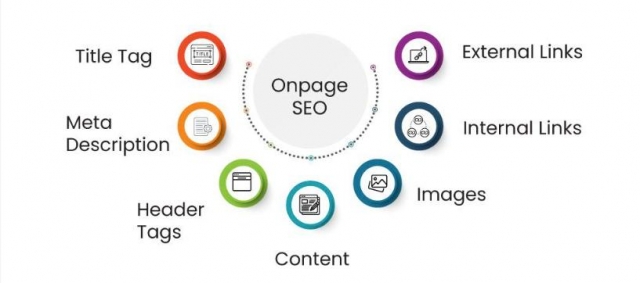Find On-Page Optimization Opportunities on a Website
Last Updated / Reviewed: January 4, 2025
Execution Time: 5-7 hours (depending on how large your site is)
Author: hellotechindia
Goal
Knowing which pages to optimize on a website, especially when there are many, and time is limited.
Ideal Outcome
You will be able to determine the most important pages on your site, allowing you to get the highest return on investment (ROI) for the time spent optimizing your site.
Pre-requisites or Requirements
It is recommended that you have knowledge of keyword research. If needed, refer to SOP 011 for guidance on conducting keyword research.
Why This Is Important
On-page optimization is essential for SEO. However, for websites with hundreds or thousands of pages, manually optimizing every page is impractical. The 80/20 site-wide on-page optimization method in this SOP helps prioritize the most impactful pages.
Where This Is Done
In your browser, using tools such as Ahrefs, Google Sheets, and KW Finder for keyword research.
When This Is Done
Whenever you decide to perform on-page optimization on a large website.
Who Does This?
This task can be handled by:
- You (the website owner or administrator)
- A virtual assistant (VA)
- An SEO specialist
- A digital marketing agency
Steps to Find On-Page Optimization Opportunities
Step 1: Environment Setup
- If you don't have an Ahrefs account, create one (a $7 trial is available for the first 7 days).
Step 2: Finding On-Page Optimization Opportunities
- Go to 80/20 Site-Wide On-Page Optimization – Worksheet and make a copy for use.
- Open Ahrefs.
- Enter your website URL in the search bar.
- Ensure both http + https are included (left selection menu).
- Select .domain/ (right selection menu) to include all subdomains.
- Click Search to analyze your domain.
- Click on Best by Backlinks in the left sidebar.
- Under HTTP Code, select 200 OK.
- Sort results by Dofollow backlinks.
For each result with more than 10 dofollow links:
- Click the arrow next to the result.
- Right-click Organic Keywords → Open in a new tab.
Step 3: Evaluating Optimization Opportunities
For each page:
-
Is it ranking for high-volume, relevant keywords?
- If NO → Add it to the worksheet for optimization.
- If YES → Move to the next question.
-
Is it optimized for the primary keyword?
- If NO → Add it to the worksheet for optimization.
- If YES → Move to the next question.
-
Is it ranking in the top 5 positions for the keyword?
- If NO → Add it to the worksheet for optimization.
- If YES → Skip this URL and move on.
Repeat this process for all URLs in the Best by Backlinks list.
Step 4: Finding Target Keywords for Each Page
- Take each URL from the worksheet.
- Conduct keyword research to find relevant keywords for the page.
- If a keyword with high search volume is found, add it to the Target Keyword column.
- If no relevant keywords are found, enter N/A and move to the next URL.
Note: Keyword research may take time, but it is essential for your website's long-term success.
Step 5: Performing On-Page Optimization
- Review the URLs that have relevant target keywords.
- Follow the on-page optimization process described in SOP 018.
- Optimization typically takes 5-10 minutes per URL.
Final Thoughts
This method is not a full website optimization but a strategic approach to enhance your site's performance in search engine results pages (SERPs). If time is limited, the 80/20 approach ensures maximum impact while allowing for future optimizations. Regularly reviewing and updating your optimized pages will help maintain and improve your rankings over time.
By following this SOP, you will make informed decisions on which pages to optimize first, ensuring efficient and impactful SEO improvements for your website.






